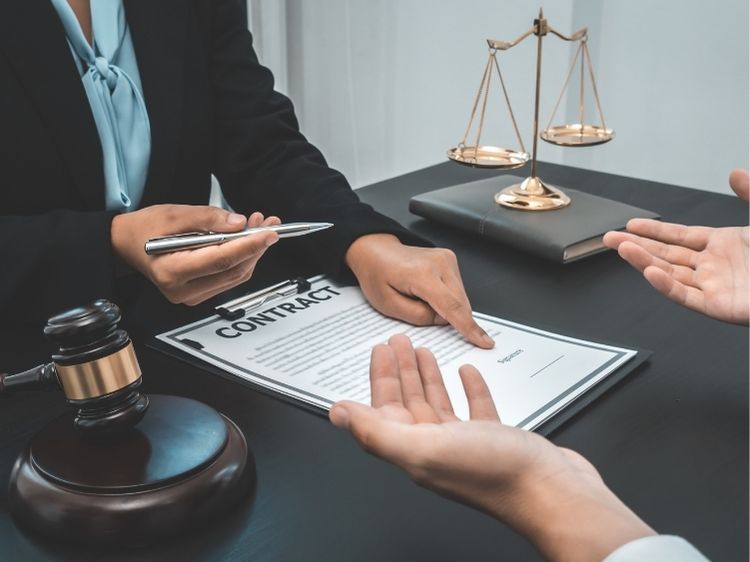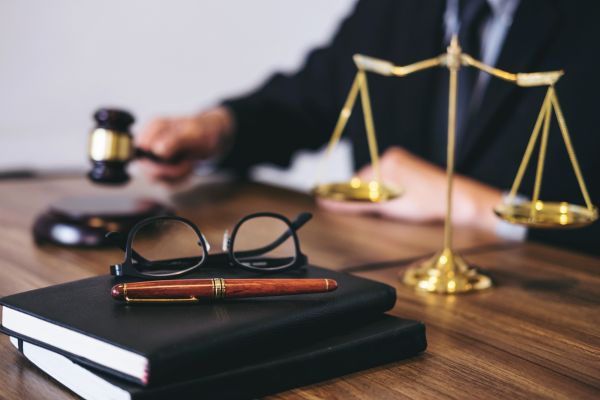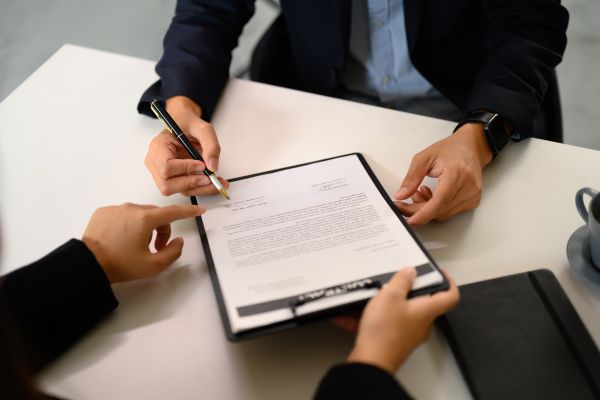Product Liability Is Based on What Law?
Product liability law is like the guardian angel for consumers, ensuring that the products we buy and use daily are safe. But what happens when something goes wrong, and a product causes harm? Who’s responsible? That’s where product liability law steps in. You might be wondering, “Product liability is based on what law?” Well, buckle up, because we’re about to dive deep into this essential aspect of consumer protection.
What Is Product Liability?
Before we get into the nitty-gritty, let’s break down what product liability actually is. In simple terms, product liability refers to a manufacturer’s, distributor’s, or seller’s responsibility for any injuries their product causes. This can range from a faulty toaster that catches fire to a children’s toy with small parts that pose a choking hazard.
Product liability law is a branch of tort law, which is designed to offer remedies to individuals harmed by the unreasonable actions of others. But unlike other tort cases, product liability doesn’t always require the injured party to prove negligence. That’s because product liability is based on strict liability principles in many jurisdictions.
Product Liability Laws: The Foundation
So, what law is product liability based on? It primarily falls under state laws rather than federal laws, meaning each state in the U.S. may have its own set of rules and regulations regarding product liability. However, there are three main legal theories that most product liability claims hinge on:
- Negligence
- Strict Liability
- Breach of Warranty
Let’s explore these theories in more detail.
1. Negligence
Negligence is a cornerstone of tort law and is all about the idea that manufacturers owe a duty of care to their consumers. If a company fails to uphold this duty, and someone gets hurt, the company could be found negligent. For instance, if a car manufacturer skips crucial safety tests on a new vehicle model and that vehicle later causes an accident, the manufacturer could be held liable under the theory of negligence.
However, negligence requires the injured party to prove that the manufacturer’s failure directly led to their injury. This can be a challenging and complex process, often requiring expert testimony and detailed evidence.
2. Strict Liability
Strict liability is where things get interesting. Under strict liability, a manufacturer or seller can be held responsible for damages caused by their product, regardless of whether they were actually negligent. Sounds a bit harsh, right? But this principle exists to protect consumers, ensuring that they don’t have to jump through hoops to get compensation for injuries caused by defective products.
In strict liability cases, the focus shifts to the product itself. If the product was defective and that defect caused harm, the manufacturer is liable. Period. There are three types of product defects that can trigger strict liability:
- Design Defects: These occur when a product is inherently unsafe due to its design. An example might be a car model prone to flipping over during sharp turns.
- Manufacturing Defects: These defects occur during the production process. For instance, a batch of contaminated medicine that causes adverse reactions would fall under this category.
- Marketing Defects: Also known as “failure to warn,” these defects arise when a product lacks adequate instructions or warnings about potential risks. Think about a cleaning chemical that doesn’t warn users to wear gloves while handling it.
3. Breach of Warranty
Warranties are promises made by the manufacturer or seller about the product’s quality and safety. When a product fails to meet these promises, it can lead to a breach of warranty claim. There are two types of warranties:
- Express Warranties: These are explicit promises made by the manufacturer or seller, often found in advertising, labels, or user manuals. If a smartphone is advertised as waterproof and it gets damaged by water, that could lead to an express warranty claim.
- Implied Warranties: These are unwritten guarantees that a product is fit for its intended use. For example, when you buy a new refrigerator, there’s an implied warranty that it will keep your food cold.
The Evolution of Product Liability Laws
The legal landscape of product liability has evolved significantly over the years. Initially, the “caveat emptor” (let the buyer beware) principle dominated, placing the onus on consumers to be cautious. However, as industries grew and products became more complex, this principle was gradually replaced by consumer protection laws.
One of the landmark cases in U.S. product liability law is MacPherson v. Buick Motor Co. (1916). This case shifted the focus from contractual relationships to the duty of care owed to consumers. The decision in this case laid the groundwork for modern product liability law, emphasizing that manufacturers have a responsibility to ensure their products are safe for public use.
The Role of Consumer Protection Agencies
While product liability laws primarily function within the legal system, consumer protection agencies play a crucial role in enforcing safety standards. Agencies like the Consumer Product Safety Commission (CPSC) in the United States work to prevent dangerous products from reaching the market. They conduct investigations, issue recalls, and even enforce penalties on companies that fail to comply with safety regulations.
International Perspective on Product Liability
Product liability isn’t just a concern in the United States. Many countries have their own versions of product liability laws, often influenced by the U.S. model. For instance, the European Union has a comprehensive product liability directive that imposes strict liability on manufacturers for defective products.
In countries like Japan and Australia, product liability laws are also stringent, with consumers having the right to claim compensation for injuries caused by defective products. The global nature of commerce today means that manufacturers must be aware of product liability laws not only in their home country but also in the markets where their products are sold.
FAQs
- What is the difference between strict liability and negligence in product liability cases?
Strict liability holds manufacturers or sellers accountable for defective products regardless of fault or negligence. In contrast, negligence requires proof that the manufacturer failed to meet a standard of care, leading to the injury.
- Can I sue for product liability if I didn’t purchase the product?
Yes, you can. In many jurisdictions, you don’t need to be the product’s purchaser to file a product liability claim. If you were injured by a defective product, you might have grounds for a lawsuit.
- How do I prove a product was defective?
Proving a product was defective typically requires expert testimony and evidence. The defect could be in the design, manufacturing, or marketing of the product.
- Are product liability laws the same in every state?
No, product liability laws vary from state to state. While the general principles of negligence, strict liability, and breach of warranty apply, specific regulations and procedures can differ.
- Can a product recall affect my product liability claim?
Yes, a recall can strengthen your claim by demonstrating that the manufacturer acknowledged a defect. However, even if a product hasn’t been recalled, you can still pursue a product liability case.
Conclusion
Product liability is based on a complex mix of legal theories, including negligence, strict liability, and breach of warranty. Understanding these principles is crucial for both consumers and manufacturers. While the laws can vary by state and country, the underlying goal is the same: to protect consumers from harm and hold manufacturers accountable for their products.
If you’re ever injured by a defective product, knowing your rights under product liability law can make all the difference. Always remember that the law is on your side when it comes to safety and consumer protection.
Authoritative Links
- Consumer Product Safety Commission (CPSC): www.cpsc.gov
- U.S. Food & Drug Administration (FDA): www.fda.gov
- European Commission – Product Liability Directive: www.ec.europa.eu
- Product Liability Australia: www.australia.gov.au/product-liability
- Japanese Consumer Affairs Agency: www.caa.go.jp



